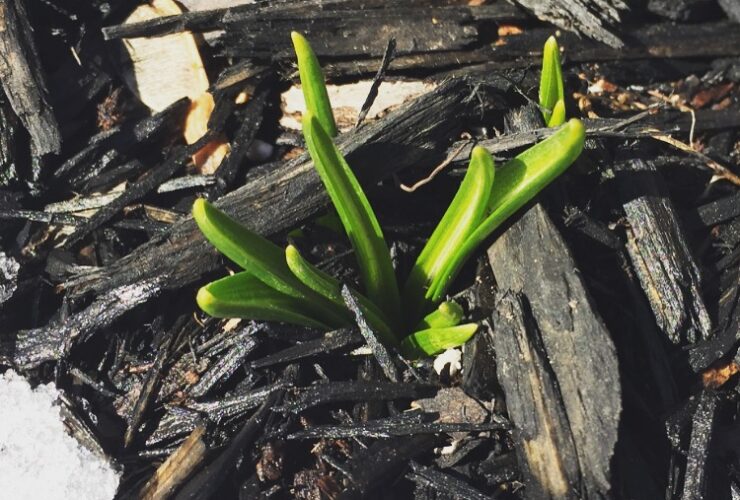Our Winter Theme is Treat Your Feet!
|
Now that winter is upon us, many of us are switching back and forth between boots, shoes, and sneakers. We are also more likely to walk like penguins in deep snowy days, throwing our anatomical gait and balance off. As a result, plantar fasciitis may develop in the bottom of our footsies. |
What is Plantar Fasciitis? Plantar fasciitis is an often painful inflammatory condition of the plantar fascia, the tissue that connect the calcaneal tuberosity (heel bone) to the metatarsophalangeal joints along the plantar aspect of the foot. Plantar fascia serves to help us with our gait during dorsi flexion or plantar flexion of the foot when we are walking or exercising. Weight bearing on the heads of the metatarsal heads causes shortening the medial longitudinal arch when we place pressure on our toes. When a repeated stressor is placed on the plantar fascia, microtearing of the fascia ensues, which, if left over time, can cause severe pain and dysfunction of the fascia and surrounding structures including the calcaneaous, metatarsals and achilles tendon. |
 |
|
What are the symptoms? • Redness, inflammation, pain on one or both feet on the anteroinferior medial border of calcaneous. |
 |
|
What are the causes? • Pronation of the feet placing an undue strain along the medial arch |
 |
|
Treatment Options for Tender Footsies: • Ice bath for 5 minutes with foot in resting position. Do 2-3 times as needed daily to decrease pain and inflammation, then rest (especially crucial during acute phase). Caution: If burning and aching occurs remove immediately |
|
Plantar fasciitis can be treated through most of the methods mentioned above within a month to a few months. If your plantar fasciitis is not improving please seek medical attention through your doctor. Sometimes, xrays or MRIs may be taken to rule out a bone fracture. Some doctors give corticosteroid injections or recommend surgery in worst case scenarios if all else fails. So remember, don’t neglect your feet, they support you daily through your walk through life!! Happy Feet = Happy Body |






Comments are closed.